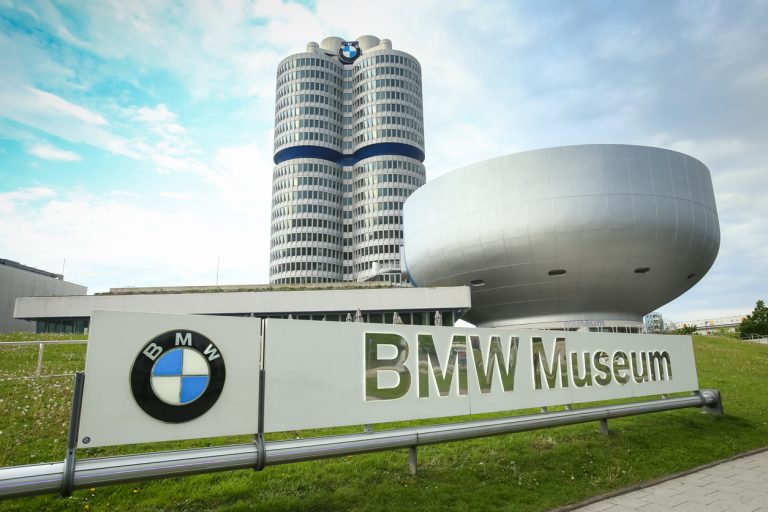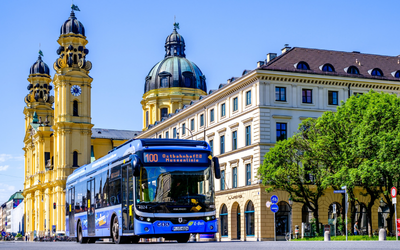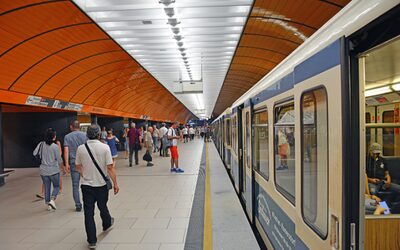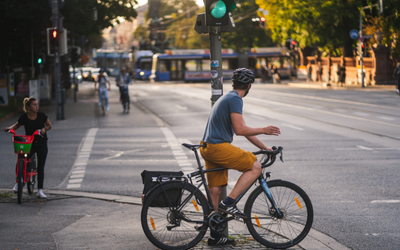Plan your time before or after CaReMeLO
Planning to visit Munich in May? The city is a captivating mix of rich history and contemporary charm, making it one of Europe’s most appealing destinations. With mild spring weather, it’s the ideal time to explore Munich’s iconic landmarks, vibrant beer gardens, and exquisite cuisine.
Check out some of our suggestions below and start planning your time before or after the conference!
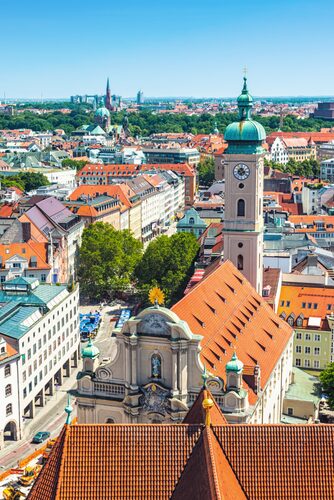

Top things to do in Munich
Munich in May
In early May, Munich enjoys mild and pleasant spring weather. Average daytime temperatures typically range between 15–19°C (59–66°F), while evenings can cool down to around 7–9°C (44–48°F).
Occasional showers are possible, so carrying a light jacket and an umbrella is recommended. Dressing in layers will help you stay comfortable as temperatures shift throughout the day. The city’s many parks and beer gardens are in full bloom at this time—perfect for relaxed outdoor moments between congress sessions.
Transportation
Exploring the vibrant city of Munich and its rich cultural offerings is effortless. Upon your arrival, make use of our tailored guide, featuring essential tips to help you move smoothly through Bavaria’s capital and make the most of your stay in Germany.
Munich’s well-connected bus network makes it easy to reach every corner of the city. Buses operate frequently throughout the day, linking major landmarks, museums, and neighborhoods not directly served by the metro or tram. It’s a convenient and affordable way to experience the city at street level.
Munich’s public transportation system is among the most efficient in Europe, combining the U-Bahn (subway) and S-Bahn (suburban train) networks. Together, they provide quick and reliable connections to key areas, including Marienplatz, Olympiapark, and the English Garden, as well as to and from Munich Airport. Trains are clean, punctual, and easy to navigate, making them the preferred choice for visitors.
For a flexible and eco-friendly way to explore, Munich offers numerous e-scooter and bike-sharing services. Dedicated bike lanes and scenic routes—such as those along the Isar River or through the English Garden—make cycling both safe and enjoyable. It’s a modern and sustainable option for short distances and spontaneous sightseeing.




